International Baccalaureate
MATHEMATICS
Analysis and Approaches (SL and HL)
Lecture Notes
| TRIANGLES – THE SINE RULE - THE COSINE RULE |
...………………… 5
|
| 3.1 |
THREE DIMENSIONAL GEOMETRY
|
while the midpoint of the line segment AB is given by
EXAMPLE 1
Let A(1,0,5) and B(2,3,1). Find
| (b) |
d |
OB |
|
2 |
2 |
|
3 |
2 |
|
1 |
2 |
|
|
M( 1 2
2 , 0 3
|
, |
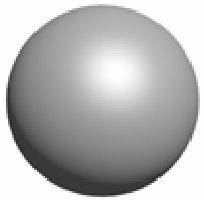
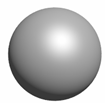
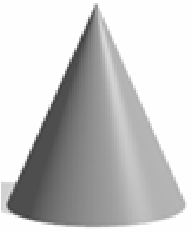
| Cuboid |
Vxyz |
|
|
|
S (sum of areas
of the faces)
|
|
Vπr2h |
|
| Cone |
|
where
|
| Sphere |
|
S4πr2 |
|
EXAMPLE 2
The volume and the surface area for the following solids
| Cuboid of square base: |
V |
x2 |
y
|
S |
|
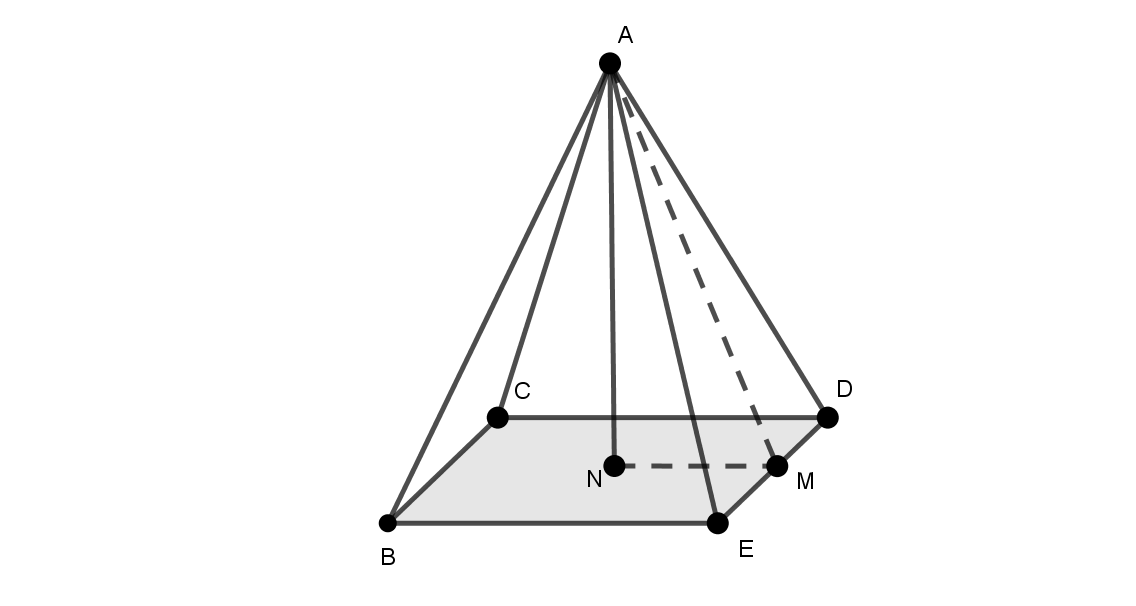
EXAMPLE 5
Find the volume and the surface area of a right pyramid of square base
of side 6 and vertical height 4.
For the slant height AM we use the Pythagoras theorem on ANM.
| The volume is |
V |
|
|
(height) |
= |
1 3 |
|
6 |
2 |
|
4 |
|
|
| The surface area is |
S |
(area of square base)+4A = 62+4×(15 ) =96 |
Notice about the angles between lines and
planes:
Angle between line AM and plane
BCDE = angle AMN
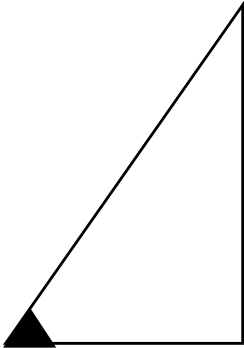
It also holds
5
| 4 |
| We can also confirm Pythagoras’ theorem: |
5 |
2 |
=3 2 |
|
|
| Every angle has a fixed sine, cosine and tangent. For
example |
| sin30o = 1 2, |
cos30o =
|
3
2,
|
|
|
|
6
Hence,
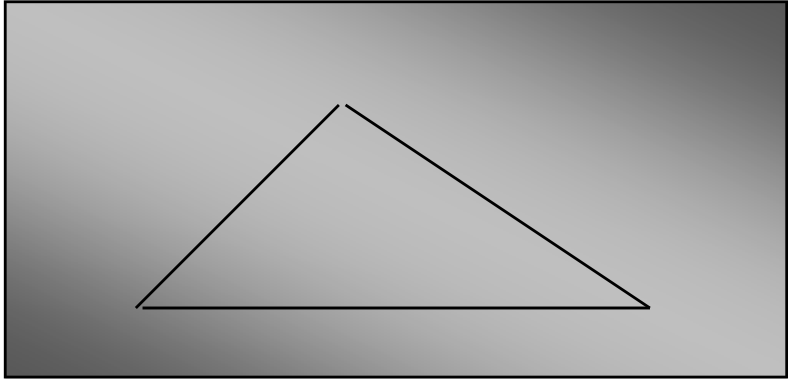
8
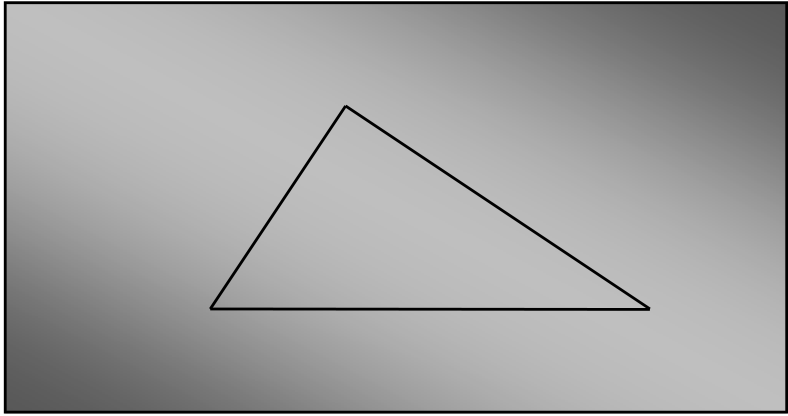
9
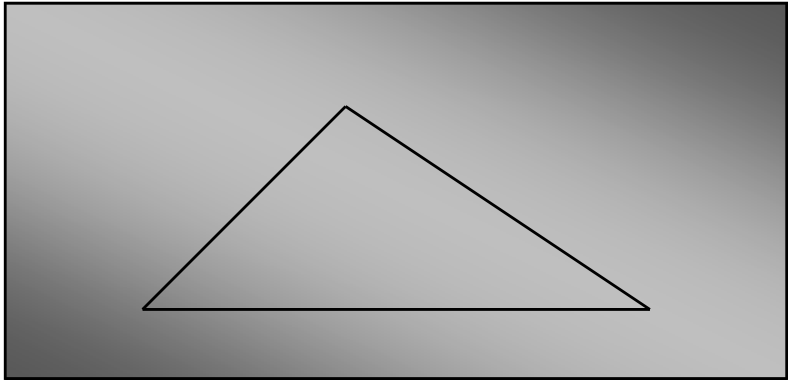
Roughly speaking
(three sides) OR (two sides and
an included angle)
|
|
| otherwise |
|
A
Notice: We may sometimes have no solutions at all.
For example, if a=10, b=3, c=2 it is not possible to construct such a
triangle! Indeed, the cosine rule gives us cosA = -7.25 which is not
possible!
BC = 22 + 32 - 12 cos 104.5o = 16
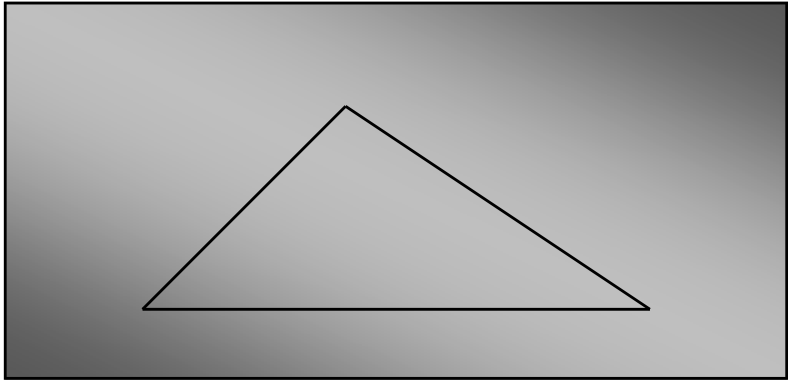
EXAMPLE 6 (given two sides and
a non-included angle)
We use the sine rule
Notice: In fact, we obtain two values for
C.
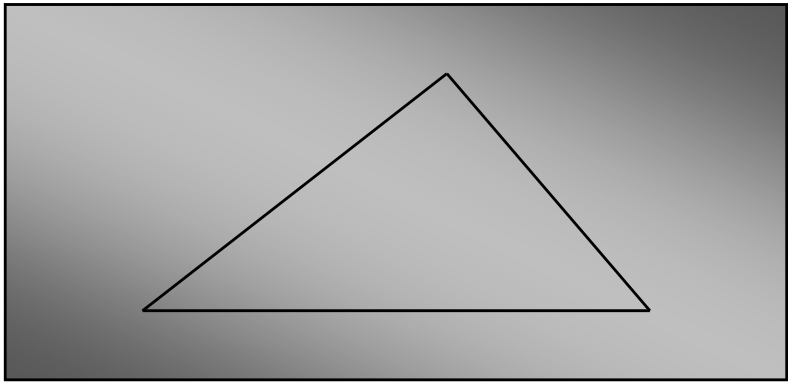
EXAMPLE 7 (given two sides and
a non-included angle)
A
CASE (1): If C = 38.7o then
|
A΄ = 180o - 30o - 141.3o, thus A΄ = 8.7o
|
and then
We may, sometimes, obtain no solution at all.
EXAMPLE 8 (given 2 sides and
a non-included angle)
We use the sine rule:
A
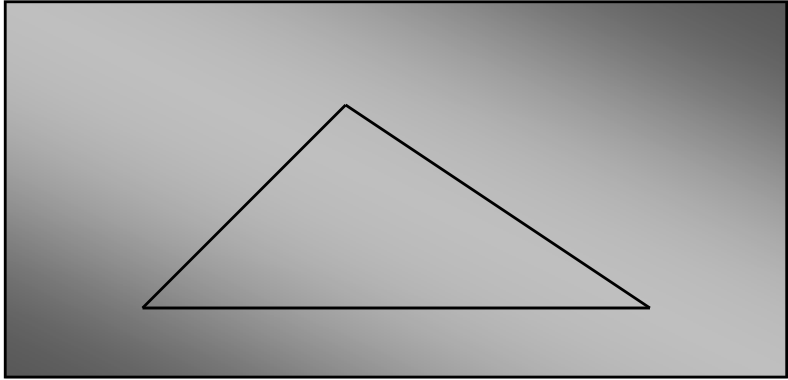
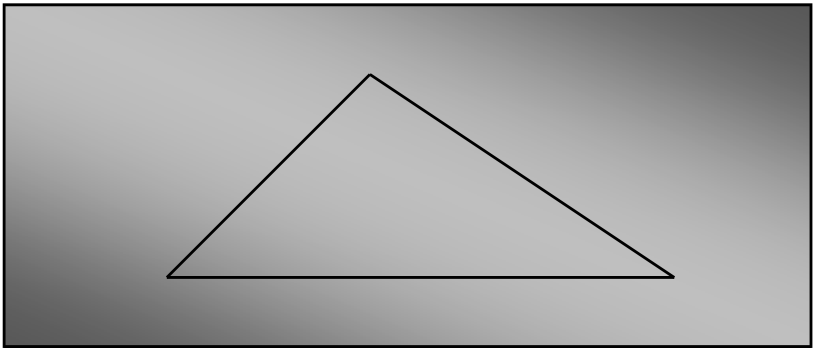
We can derive two similar versions for this formula:
EXAMPLE 9
Look at again the triangle in example 1:
15


The angle of elevation θ to the object is shown
below:
Object
Object
We very often see these notions in 3D shapes. For example,
The angle of depression from H to C is the angle Fˆ HC (explain
why!)
16
Solution
(a) We consider the triangle AGB.
By Pythagoras’ theorem,
(b) For point F we consider the vertical height FC and thus the
triangle AFC.
. Hence,
3 CAF =25.1o
41
17
The angle of elevation from A is 45o.
The angle of elevation from B is 30o.
h
| B |
10 |
A |
x |
|
10x
h
10 |
x |
|
|
h 3 |
|
x |
|
|
| |
| Therefore, |
10 |
h( 3 |
1) =10 |
h |
|
10 3 |
1 |
|
13.7 |
|
| h 3 = |
h |
Notice: Another approach is
to work in triangle ABP first, to find
AP=19.318 and then by sin 45
|



















